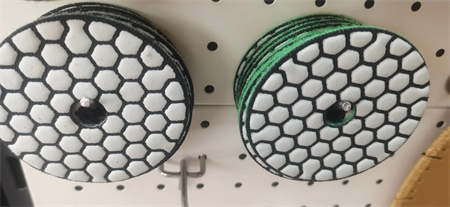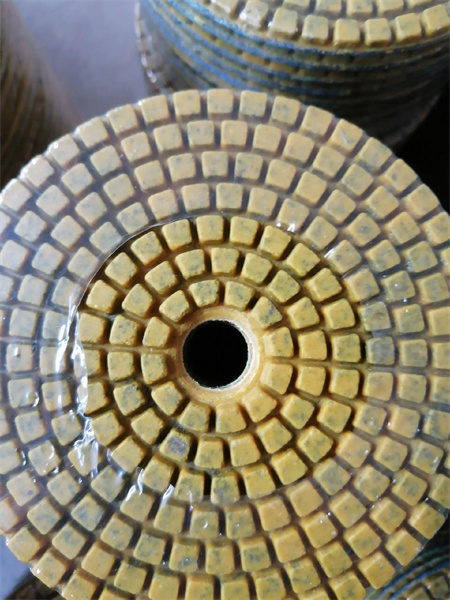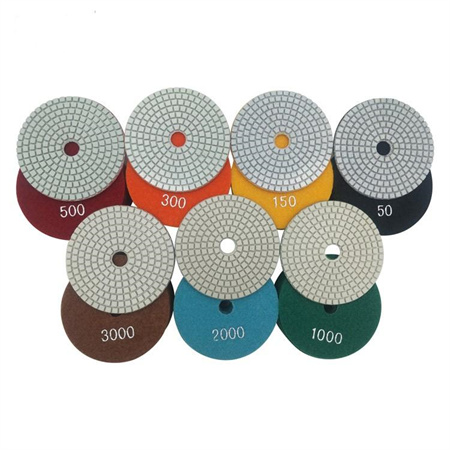Diamond Pad Preferences in South American Stone Industries

Stone processing in South America is often characterized by a diverse array of materials, ranging from granite and marble to quartzite and soapstone. Each stone type presents its own set of challenges, which is why the choice of polishing pad can make or break the final product. Diamond pads, prized for their durability and ability to deliver a high-gloss finish, are the tool of choice for many stone fabricators in the region.
One of the standout features of diamond pads in South America is the wide variety available. From soft to hard stones, fabricators choose specific types of diamond pads to achieve the best results. For instance, granite, a staple in the South American stone industry, demands pads with a higher diamond concentration and a coarser grit. This ensures the pad can withstand the intense abrasiveness of the stone while still delivering a smooth, glossy finish. On the other hand, materials like marble or soapstone require pads with a more balanced mix of diamonds and resin, providing a gentler touch that still ensures a high-quality finish.

In contrast, regions with a preference for dry polishing often lean toward diamond pads that are designed specifically for such methods. These pads are typically designed with higher diamond grit to facilitate quick, effective polishing without the need for water. While dry polishing can be more convenient for certain projects, especially in outdoor environments or when dealing with smaller pieces of stone, it often requires more frequent pad replacements due to the increased friction and heat.
The evolving demands of the South American stone industry also mean that pad manufacturers have had to adapt. In recent years, there has been an increasing demand for pads that combine high performance with environmental considerations. Many South American stone fabricators are looking for diamond pads that are both cost-effective and capable of minimizing environmental impact. This has led to the rise of more eco-friendly options, such as pads made with sustainable materials or those designed to minimize the production of harmful dust during the polishing process.
One of the primary concerns for stone fabricators in South America is the cost-effectiveness of diamond pads. Although higher-end pads with superior quality are preferred for premium stones, cost remains a major factor for many businesses, especially smaller or medium-sized operations. In such cases, manufacturers often opt for pads that strike a balance between price and performance. Brands that offer versatile pads that can handle a variety of stones without compromising on results tend to be in high demand. This versatility is particularly valued in a region where a wide range of stones is processed, and businesses must adapt to different projects and client requirements.
Furthermore, the ease of use and longevity of diamond pads are key considerations. South American fabricators are increasingly seeking pads that are not only durable but also easy to use, requiring less frequent maintenance. The resilience of a pad can have a direct impact on production efficiency, reducing downtime and enhancing overall profitability. Longer-lasting pads, which can maintain their performance over extended periods of use, provide significant value, particularly for companies working with large volumes of stone.
Finally, the support and availability of diamond pads are essential in South America. The region’s vast geographical size means that access to specialized tools and supplies can sometimes be challenging. Therefore, having reliable distributors and manufacturers that can deliver high-quality pads promptly is crucial. The availability of pads with the necessary specifications for different stones, as well as the ability to offer technical support, ensures that stone fabricators can continue their work without unnecessary delays.
